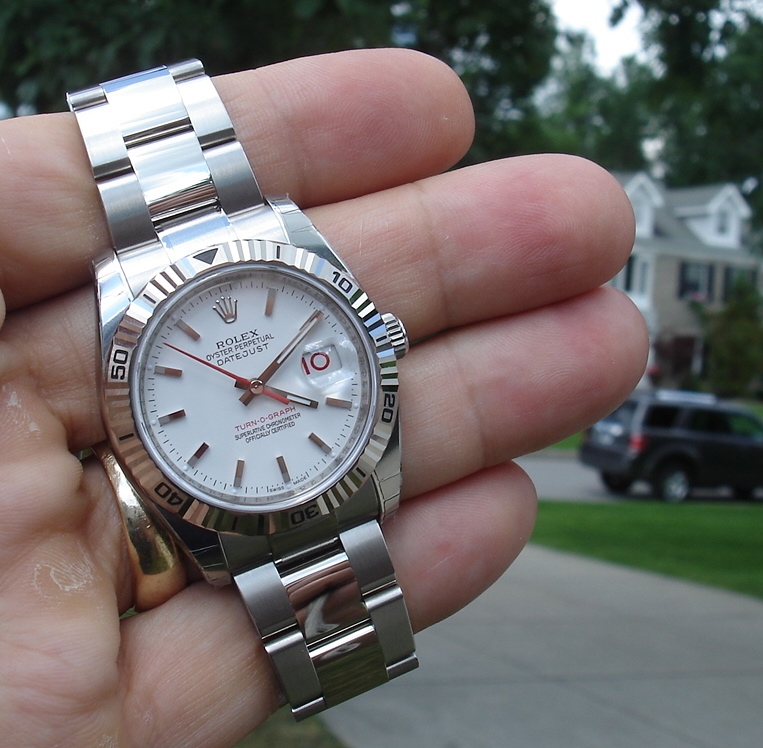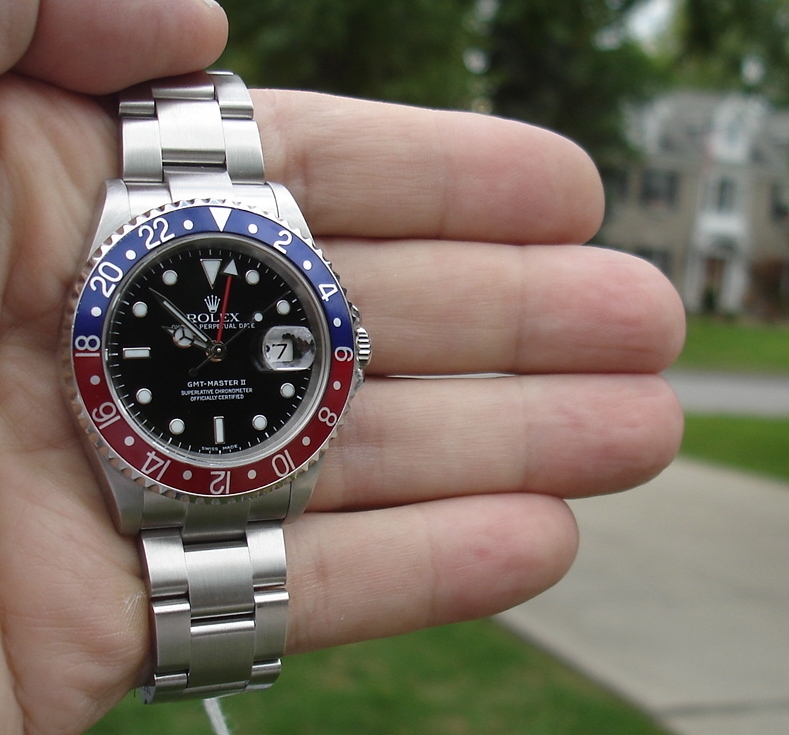The key to the success of the Oyster case and its ability to prevent water from entering the inner parts of the replica watches is the safety of its upper ring crown. Traditionally, the crown has been the watch’s design’s “Achilles heel,” an easy entry point for moisture and other kinds of trash, and you don’t want any subtle movement.
The early examples of the Oyster case featured a patented screw-down winding crown arrangement, fitted with a metal gasket that fastened securely into a tube in the center watch case to form a watertight seal. When the first Submariner was produced in 1953, whose system had to be bolstered to withstand the extra pressures, and so Rolex devised the Twinlock crown, with a second gasket system inside the tube to create two sealed zones. The O-rings were also made from a synthetic material to form a stronger barrier. 
In 1970, with the introduction of the Sea-Dweller, Rolex replica beefed up their winding crowns again and brought out the Triplock, with its new gasket arrangement that created three sealed zones to prevent moisture ingress. This time, two are in the case tube and the third remains under the crown itself.
As you can imagine, Rolex’s three professional divers use a three-lock crown to ensure that they are incredibly waterproof, but some other watches in the catalog do the same. Watches with * asterisks in the list above (two yachting masters, GMT-Master II and Daytona) are equipped with triple crowns, but still, only reach the 100-meter level. In their case, the decision to include the three-ring crown may have been partly an aesthetic choice. The triple crown is larger than the double lock and is larger in proportion to the rest of the crown.
